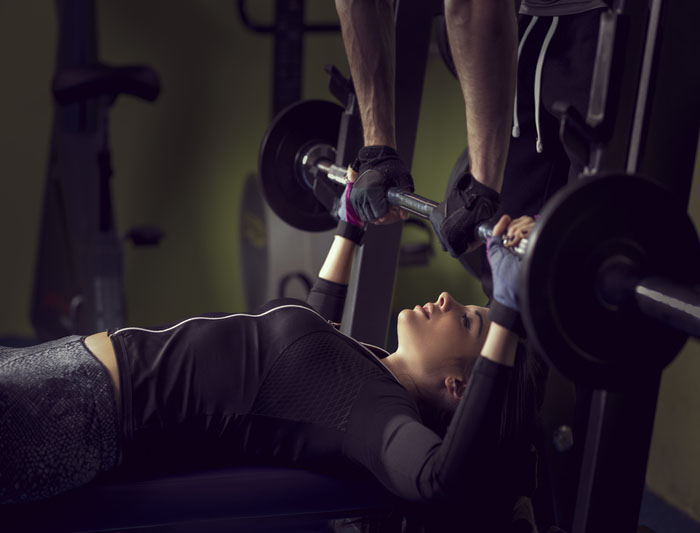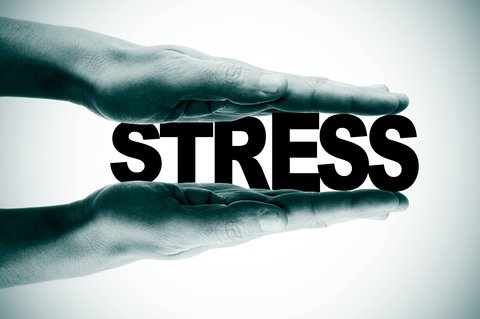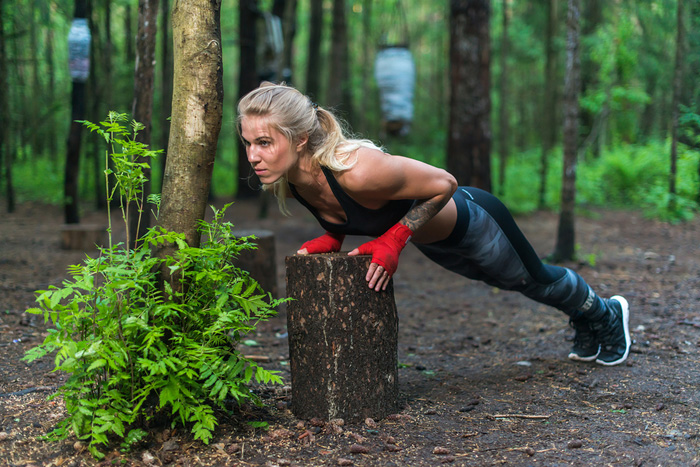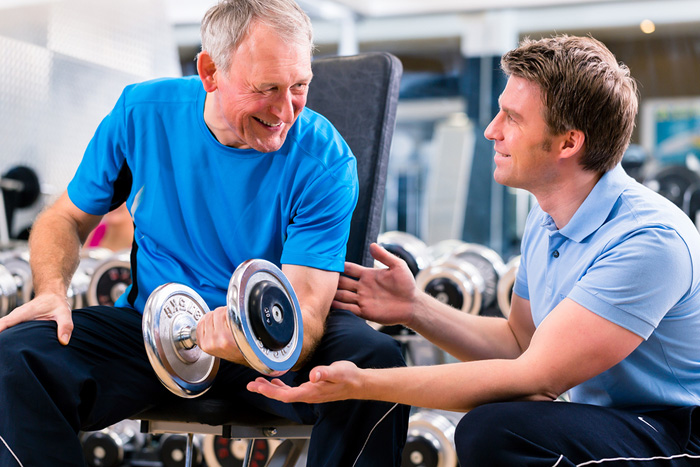Osteoporosis and Bone Loss
Osteoporosis and Bone Loss are Preventable
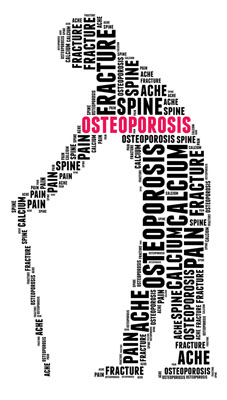
Because osteoporosis and bone loss are preventable, the fact that half of women over fifty will fracture a bone as the result of osteoporosis is an amazingly sad statistic.
According to the World Health Organization, osteoporosis is a major public health concern around the world. In some countries, women have a greater risk of dying from hip fracture than breast cancer; and, it is not just a women's issue. Men are actually at higher risk of dying after a hip fracture.
You need to take the preceding facts seriously because hip fractures among older men and women typically result in a loss of independence, a nursing home, wheelchair, or even death.
Loss of bone density begins around the age of thirty. So, it is never too soon to begin building strong bones.
We have all heard the phrase, "use it or lose it." As far as bone strength and density goes, that statement is absolutely true.
Osteoporosis is optional! Both men and women can slow down, stop, or reverse bone loss. Just as with all forms of exercise, you only get out of it what you choose to put into it.
Lifestyle and Osteoporosis
I am a body of evidence to the fact that lifestyle can prevent osteoporosis. Why? At 68 years of age, I have the bone density and joints of a healthy 21-year old due to a lifestyle that has consistently included weight training at its core.
I began mountain biking when I was sixty-two, have flown over the handle bars several times, and fallen quite a few times. Those impacts were against rock and pavement, ladies and gentlemen. I get cuts and bruises, but I haven’t broken. A fall will break me, if it can break someone in their twenties.
Exercises to Prevent Osteoporosis
Exercises to prevent osteoporosis and bone loss will include one or more of the following: provide resistance; are weight-bearing; provide impact; are higher-velocity; involve sudden changes of direction; and help improve balance.
Exercise is one of the best ways to prevent osteoporosis and bone loss at any age. However, not all exercises are equal when it comes to decreasing, stopping or reversing osteoporosis and bone loss.
Living the cream-puff life won’t do it. Things like walking or playing golf do not put enough demand on your bones to stimulate growth.
Exercise that does not require weight-bearing impact or strength training produces very little benefit to your bones, just slightly delaying the progression of osteoporosis.
When you weight train on a regular basis, you are growing newer, healthier, stronger bones each year. Imagine how a 1% increase in bone density each year can add up over a a period of ten years. That's a lot of bone!
Although both high-impact exercises such as jogging or tennis, and strength training, help to build bone density, strength training delivers the best results by far.
Whole body vibrations is a new form of exercise shown to be a better alternative to walking to increase bone density of frail subjects. This method consists of vibrations of low amplitude and high frequency applied to the whole body. Ibid.
Jump and Hop Your Way to Better Bones
Research shows that both hopping and jumping exercises build bone strength; and long-term exercise using weighted vests can prevent hip bone loss in older women.
Several experts recommend wearing a weighted vest for a few hours during the day to build bone strength.
A word of caution! Vigorous, high-impact training, such as plyometrics, is great for younger, pre-menopausal women and may not be suitable for older, post-menopausal women who are already experiencing osteoporosis. Care must be taken to prevent injury to fragile, weakened bones. It doesn't mean you can't do these exercises, it just means that you will have to take it easier.
My website is not about wasting your time. Make a lifestyle commitment to include weight-bearing exercise each week for the rest of your life to produce the results of a lifetime.
Weight training doesn’t just build strong muscle. Weight training builds strong bones!
More Topics That May Interest You
Never force your body to do anything; but always push it a little.
Start with lighter weights 2 times per week, and increase the amount of weight gradually as you gain strength to do so.

Writer/attorney, Bonnie Gabaldon, is the developer of the health & fitness website, BodiesOfEvidence.com.
Bonnie graduated summa cum laude from Oregon State University with honors. She is a member of Beta Beta Beta Epsilon Biological Honor Society and Phi Kappa Phi Honor Society.
She researched and authored a significant undergraduate independent study paper, The Effect of Female Hormones on Elite Female Athletes During the First Trimester of Pregnancy.
Bonnie attended the University of New Mexico School of Law and Georgetown Law Center, and has been a licensed attorney since 2003.
Some of the advertisers on my website are affiliate partners, which means that I may receive a small commission from any sale, at no extra cost to you.
For example, the Amazon affiliate advertising program is designed to provide a means for sites to earn fees by advertising and linking to amazon.com.
Your tips and purchases help to support this free-information website.
Thank you.
The content of this website is for informational purposes only and not intended to be taken as a replacement for professional medical advice, care, diagnosis or treatment by a doctor, dietitian, physical therapist, nutritionist or fitness instructor.
DO NOT BEGIN ANY EXERCISE PROGRAM WITHOUT CHECKING WITH YOUR DOCTOR FOR UNDERLYING CONDITIONS THAT MAY PREVENT YOU FROM DOING SO.


